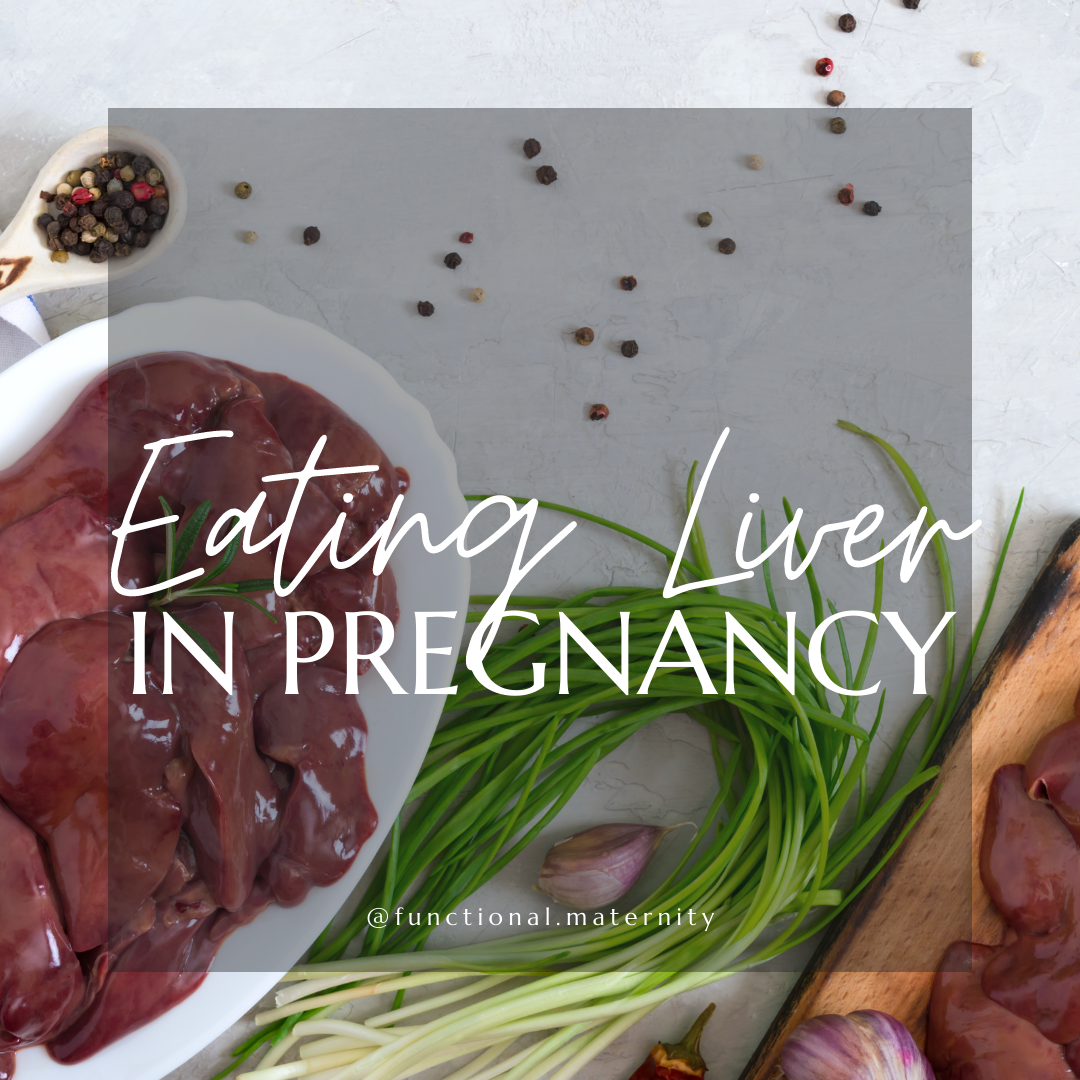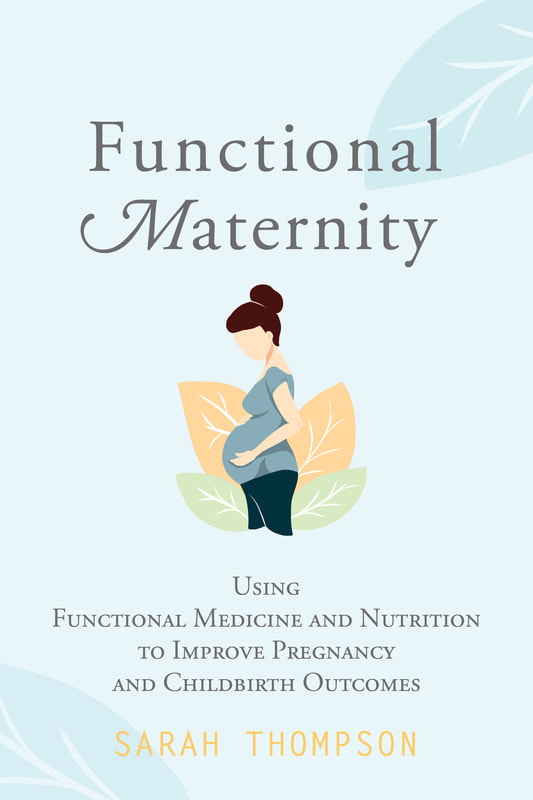|
I love liver. Yes, I do, and so do my children. My family is a subsistence meat eating family, meaning we hunt for our meat. Every fall we fill our freezer with some of the highest quality meat to be found, this includes the organs. My children will fight each other over the last sliver of heart fajitas (a fall delicacy at our home). You've also never seen two little girls more excited over the giblets in a bird. There is nothing more enjoyable than watching them "patiently" wait for the fried liver and heart of little game birds and chickens. Not everyone loves liver as much as I do, for several reasons. But no one hates liver more than the modern medical system. There have been several myths over the decades, regarding liver, (that have been debunked) that given this previously common table staple a bad name. Like the "it filters toxins and therefore is toxic." Which we know is not the case. The liver is not a storage organ for toxins, it is a storage organ for vitamins...which is why it is one of my superfoods. In 1995 an article written in the New York Times stirred the prenatal nutrition pot. This article Study Links Excess Vitamin A to Birth Defects created a swirl of thought and discussion over the dietary intake of foods high in Vitamin A, like liver. The article stated... Women who consume excessive amounts of vitamin A during the early months of pregnancy can cause serious birth defects in their unborn children, a large new study has shown...The study showed that one baby in fifty-seven born to women taking doses of vitamin A above 10,000 international units daily was damaged as a result...The higher the doses consumed, the greater the risk, the researchers found. Babies born to women who consumed more than 10,000 international units of the vitamin daily were 2.4 times as likely to be born with such defects as babies exposed to 5,000 international units or less. But babies exposed to 20,000 international units during the first three months of gestation were about four times as likely to be born with defects that included cleft lip, cleft palate, hydrocephalus and major heart malformations." Let's come back to this. First, before I continue, it is pertinent to explain what Vitamin A is, exactly. UNDERSTANDING VITAMIN AVitamin A comes in 2 dietary forms: Provitamin A carotenoids (beta-carotene, alpha-carotene, beta-cryptoxanthin) and preformed vitamin A retinoids (retinol, retinal, and retinoic acid). There are also synthetic versions of vitamin A. These are created in the laboratory, and are often used in supplementation, and in research. They tend to be more water-soluble, and easier to regulate in trials, so are often the forms used in medical research. This form is also more toxic. Carotenoids in the diet are converted to retinol (the more usable form of vitamin A). The Liver stores vitamin A in an alcohol-based form called retinyl esters. (Which is why it is such a nutritional powerhouse for dietary retinol - esters are converted to retinol in the small intestines). There is a negative feedback mechanism in place that "measures" the levels of retinol in the liver. When there are adequate levels of vitamin A in the body, there is an inhibition of both absorption of carotenoids from the diet and a decrease in conversion to retinol in the liver. The ratio varies from 4:1 to 55:1. Conversion is also limited in the presence of other nutritional deficiencies, such as zinc. Carotenoids are potent antioxidants. There are over 750 of them found in plants with only beta-carotene, alpha-carotene and beta-cryptoxanthin being able to convert to vitamin A retinol. Beta-carotene is the one most referenced. On their own, Carotenoids are potent antioxidants that help neutralize toxins in the body. To provide an actual function, they must be converted to retinol. Their main dietary function is to serve as a source of retinol, as retinol is the true vitamin A. When you hear "Vitamin A" what you should really be hearing is "Retinol." This is the usable form of vitamin A in the body. It is ESSENTIAL for human health and development. It is converted into retinal and retinoic acid dependent on the body's needs. Retinol functions on a cellular level, controlling cellular development and growth. Retinol plays an important part in the development of embryos. Retinal is used in eye health and development. Retinoic Acid is necessary for hormone function and genetic expression, as well as tooth and bone growth...all crucial functions for pregnancy, childbirth, and fetal development. BACK TO THE STUDIES: VITAMIN A TOXICITY FEARSo, this specific study that is mentioned in the New York Times was a survey study done at Boston University School of Medicine. Meaning the Dr. conducting the study interviewed 22,748 pregnant women. He did in-depth interviews into the supplements they were taking and the foods they were eating. 98.6% of the women interviewed were well under the toxic amount of vitamin A. Those that were consuming higher amounts, received the majority of this Vitamin A in synthetic form from prenatal vitamins and fortified foods. When you read the actual article published in the New England Journal of Medicine, little of the vitamin A supplied was via natural foods. The majority was via supplementation. This isn't the only study that has been done. In fact, there have been several, dating back to 1967 in fact. The findings were slightly varied, based on methods, but there are some key features in these articles that need to be addressed.
The link between dietary Vitamin A and birth defects is, literally, non-existent. In fact, you would need to consume more than 20,000 IU per day of retinol (not beta-carotene) over the course of weeks/months to induce an overdose dietarily. (If you are eating that much liver, you like liver way more than I am giving the population credit for.) Not a single study links beta-carotene consumption to birth defects. Because liver is a rich source of retinol (via esters), it has been the dietary black sheep for the prenatal diet since the first study linked elevated levels of vitamin A (via synthetic). The amount of vitamin A reserves found in liver is not static and can range from 3,000 IU per 3 oz to 12,000 IU per 3 oz, with some sources (depending on region and diet) can be upward of 25,000 IU per ounce serving. This includes your cod liver oil fish oil supplements. LIVER IN PREGNANCY TAKE HOMESo, to reiterate:
Copyright © 2020 Functional Maternity, All rights reserved. The content in this article is not intended to be a substitute for professional medical advice, diagnosis, or treatment. Always seek the advice of your physician or other qualified health provider with any questions you may have regarding your medical condition.
0 Comments
Leave a Reply. |
Hi There!I'm Sarah Thompson, a Certified Functional Medicine Practitioner who specializes in Maternal, Prenatal and Childbirth health. I'm also the author of Functional Maternity, and the upcoming book Beyond Results - A practitioner's Handbook to Effective Functional Lab Analysis in Pregnancy. Purchase BookArchives |





 RSS Feed
RSS Feed